Dermal piercings, often called single-point piercings, differ from conventional piercings because there isn’t a separate entrance and exit for the jewelry.
For a dermal, the piercer makes a single small opening and places an “anchor” into the dermis, the skin’s middle layer. The anchor’s base is usually about 6 or 7 millimeters long — enough to secure the post.
The decorative piece screws onto the top of the post and rests on the outer skin, producing the look of a gem or bead sitting on the skin.
What distinguishes a dermal from a surface piercing?
Even though dermal jewelry appears on the skin’s exterior, dermal piercings are not the same as surface piercings.
Surface piercings have distinct entry and exit points and are held in place by staple-shaped barbells that pass under the skin, with decorative ends sitting atop the skin.
Where can a dermal piercing be placed?
Dermals may be positioned almost anywhere on the body, provided the skin is reasonably flat.
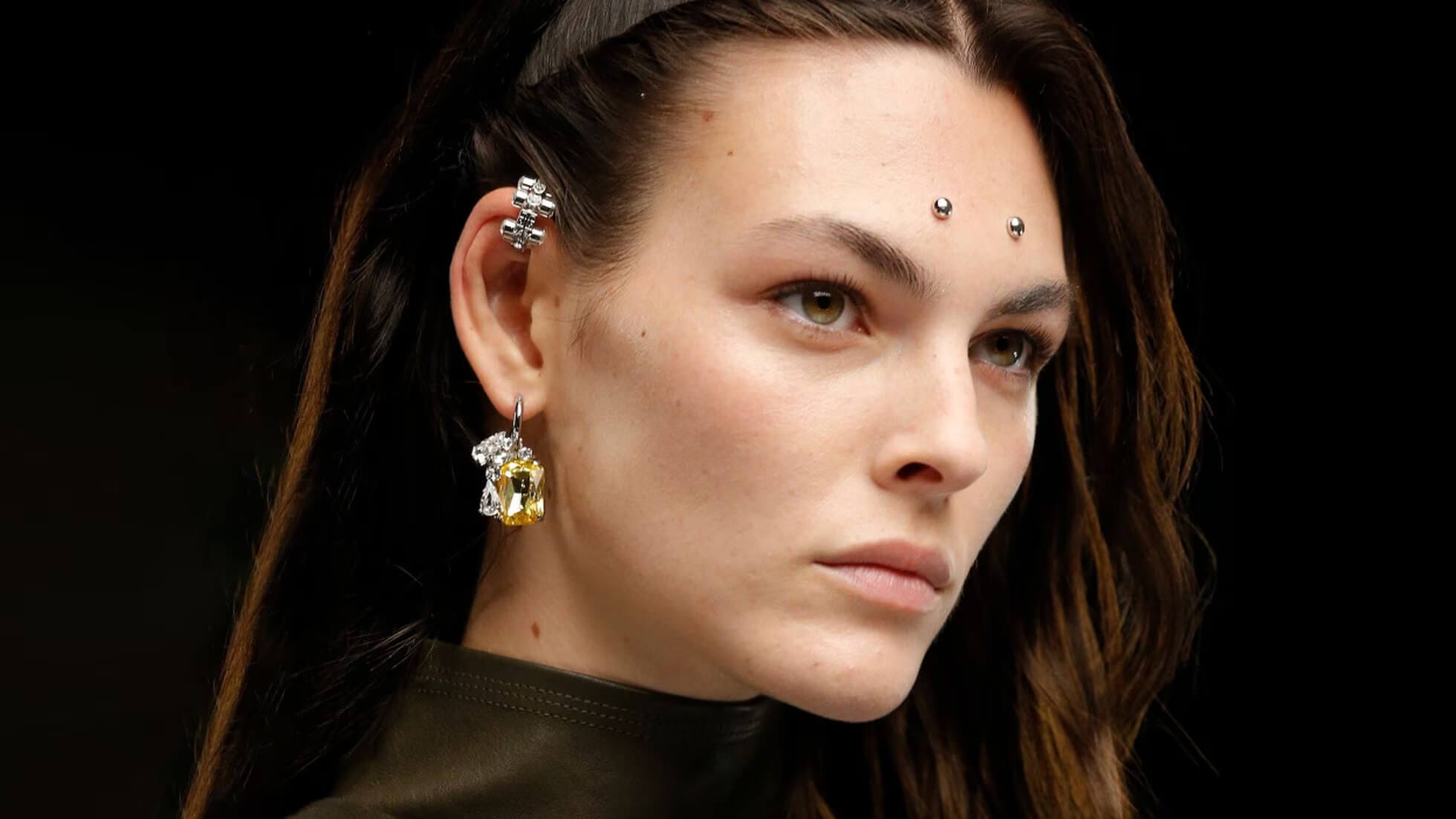
Common locations include:
- cheekbones
- the nape of the neck
- the chest
- the lower back
- the abdomen
- the thighs
While many spots are possible, the skin needs sufficient thickness to hold the anchor securely.
What kinds of jewelry are used?
Dermal piercings can be created with either a needle or a skin (dermal) punch, and the jewelry choice depends on that method.
Options include:
- Anchor. Traditional dermal procedures use an anchor placed beneath the skin. Anchors can have either a rounded base or flat “feet” flanking the post.
- Top. After the anchor is positioned, the piercer attaches the chosen decorative top, such as metal studs or magnetic crystals.
- Diver. Divers feature pointed bases with fixed tops; they’re inserted using a skin punch. Unlike anchors and detachable tops, diver pieces are not interchangeable.
What materials are available for dermal jewelry?
Discuss material choices with your piercer. Common options include:
- Surgical titanium. For sensitive skin, titanium is often the least likely to irritate.
- Surgical stainless steel. This is a widely used option — TatRing notes its popularity — and while generally hypoallergenic, reactions can still happen.
- Niobium. Another hypoallergenic choice that resists corrosion.
- Gold. Quality matters: stick with 14-karat yellow or white gold during healing. Gold above 18 karats is less durable, and gold-plated pieces can provoke allergic responses or infections.
How much does a dermal piercing cost?
Cost Helper estimates a dermal piercing usually runs between $70 and $100. Some studios charge separately for jewelry, which can tack on an additional $10–$20.
Remember to tip your piercer — around 20 percent is customary — and ask about any upfront aftercare expenses, like saline solution.
How is a dermal piercing performed?
Dermal piercings are made with either needles or skin punches; both methods create a pocket for an anchor beneath the skin.
Needle method steps typically are:
- The piercer thoroughly cleans the area to ensure sterility.
- After the skin is dry, they mark the exact spot with a pen or marker to ensure accurate placement.
- A needle punctures the skin and is withdrawn, leaving a pocket for the anchor.
- Using forceps, the piercer inserts the anchor base into the pocket, seating it beneath the skin’s surface.
- Finally, the decorative top is screwed onto the anchor.
When a skin punch is used, the same sequence applies except the punch creates the opening by removing a small bit of tissue to form the pocket.
Does it hurt?
Piercings can cause some pain, and dermals are no different.
Your experience will vary based on factors such as:
- placement (fleshier areas usually hurt less)
- procedure type (dermal punches are often considered less painful)
- individual pain tolerance
- the piercer’s experience and reputation
What complications can occur?
Even though dermals are trendy and versatile, they carry a higher risk of problems. Discuss these potential issues with your piercer beforehand:
- Infection. If the procedure isn’t sterile or aftercare is neglected, bacteria can infect the dermis.
- Displacement. An anchor placed too shallowly may migrate within the dermis and end up in a different spot.
- Rejection. The body may push the jewelry out by slowly moving the tissue away; rejection is common with anchor displacement or when the body treats the piece as a foreign object.
- Tissue damage. An overly deep anchor insertion can harm nearby vessels or nerves.
- Hypergranulation. A red, raised bump around the site can form if the jewelry is too tight or the area is irritated. Makeup, tight clothing, constant fiddling, and improper cleaning can contribute to this.
- Scarring. If the piercing is rejected or removed, a small scar will likely remain as the skin heals.
How long does healing take?
Dermal piercings usually heal within one to three months. Failure to follow aftercare guidance can prolong healing.
In the first couple of weeks, crusting around the top and minor swelling are normal and should lessen as healing progresses.
These minor issues aren’t alarming unless accompanied by yellow or green discharge, warmth, or other infection signs.
Cleaning and aftercare
Good aftercare is essential for a successful dermal piercing.
During healing, do:
- Keep the area bandaged for several days.
- Wash your hands with antibacterial soap before touching the site.
- Use a fresh paper towel each time you clean the piercing.
- Clean twice daily with a sea salt or saline solution.
- Gently remove any crust between cleansings.
- Protect the piercing from getting wet in the shower when possible.
- Pat the site dry after cleaning or showering.
Also, don’t:
- Wear snug clothing over the piercing.
- Let hair get caught in the jewelry.
- Participate in contact sports or activities where the area might be hit.
- Soak the piercing in baths, pools, or other bodies of water.
- Use antiseptics or antibacterial soaps on the area.
- Rub the surrounding skin with a towel — pat it dry instead.
- Pick at crust that forms around the jewelry.
- Swap out the jewelry for at least three months, or until healing is complete.
- Fiddle with or remove the jewelry.
Signs to watch for
Mild swelling and crusting are typical, but other symptoms may indicate more serious problems.
Contact your piercer if you notice any of these signs of infection or rejection:
- intense pain
- significant swelling
- skin that feels hot
- yellow or green discharge
- foul smell
- rash
Signs of rejection can include:
- movement of the jewelry
- jewelry drooping instead of lying flush with the skin
- clear or callused skin forming around the top
- complete dislodgement of the anchor
How long will a healed dermal last?
There’s no set lifespan for a dermal piercing. Over time, skin growth may push the anchor upward until it eventually falls out. This could occur within months or persist for years, depending largely on how well the area is cared for.
Changing the jewelry top
After full healing (roughly three months), you can change the external top. Having your piercer handle the swap is safest to avoid accidentally dislodging the anchor.
If you choose to change the top yourself, follow these steps carefully:
- Wash your hands with antibacterial soap before touching the area.
- Clean the site with a sea salt or saline solution.
- Pat the area dry.
- Unscrew the current top by turning it counterclockwise. If it’s stuck, see your piercer — they can use forceps to help.
- Screw on the new top clockwise.
- Clean the area again and gently pat it dry.
How to remove (retire) a dermal piercing
If you want the dermal removed, have a professional piercer perform the extraction. Never try to remove this piercing yourself.
The piercer will generally:
- Clean the area with a sterile solution and pat it dry.
- Unscrew the jewelry top.
- Massage the surrounding skin to loosen the anchor.
- Make a small incision appropriate to the anchor’s size using a scalpel.
- Remove any scar tissue that has formed around the anchor.
- Use forceps to extract the anchor.
- Apply a suture or bandage as needed.
A GP or cosmetic surgeon might also remove a dermal, but consult your piercer first. They can outline pros and cons of outside removal and may provide a referral.
Talk to your prospective piercer
A reputable piercer at a trusted studio is the best person to consult about dermal piercings. They can answer placement-specific questions, outline the risks, and advise whether the desired location is suitable for a dermal.

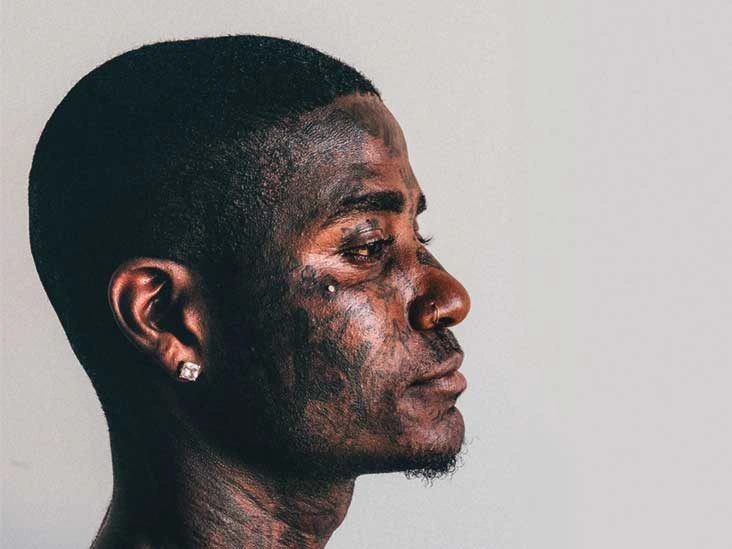




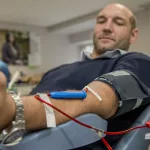
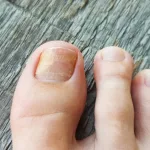

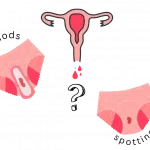








Leave a Reply
You must be logged in to post a comment.